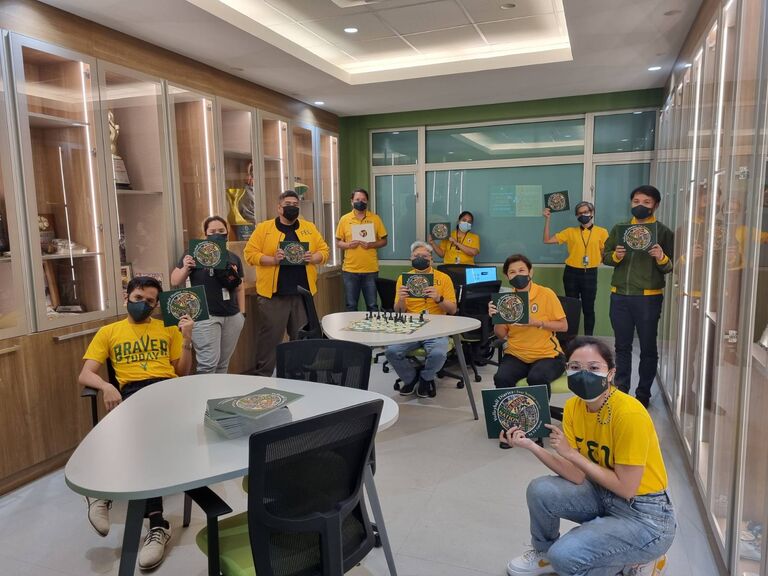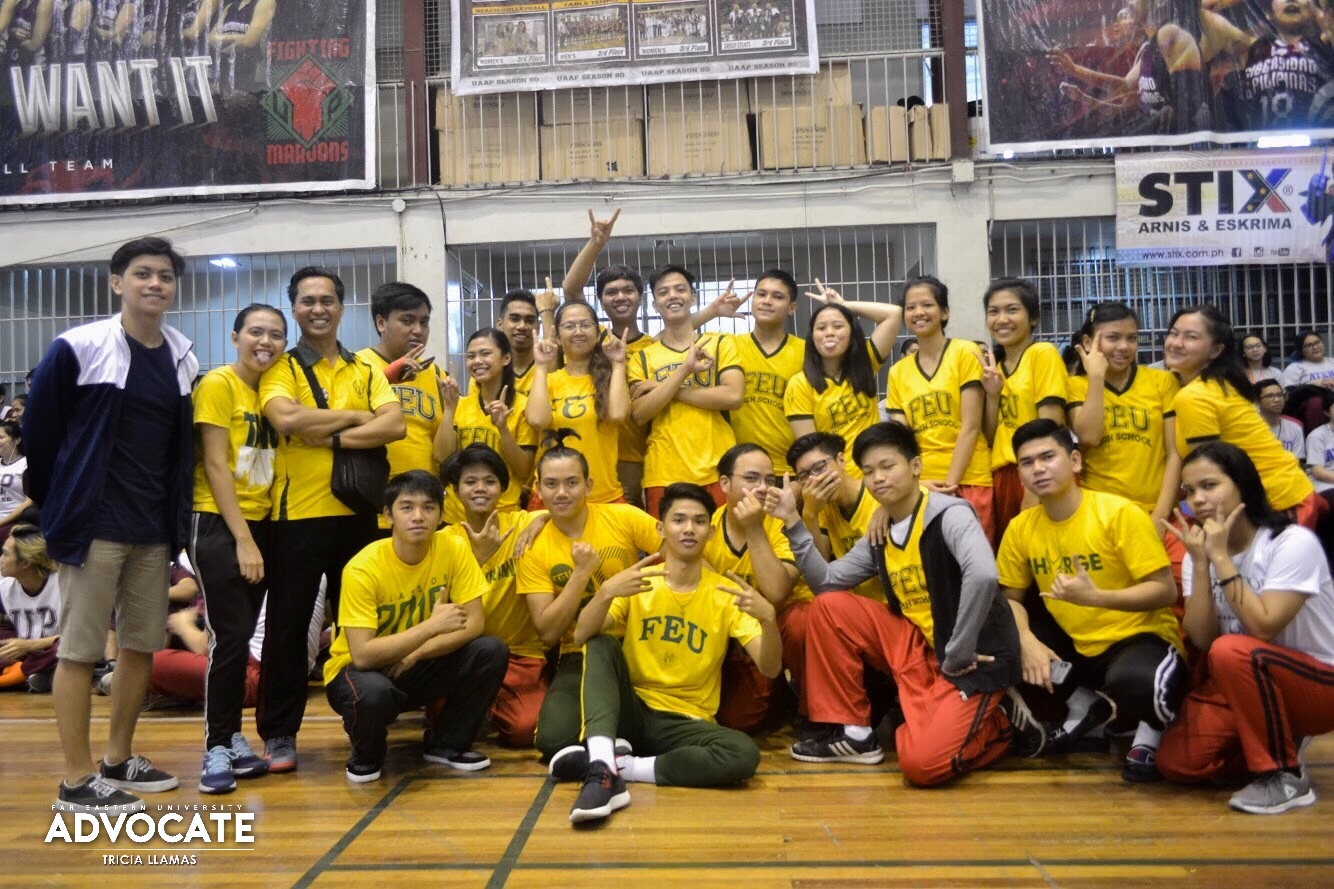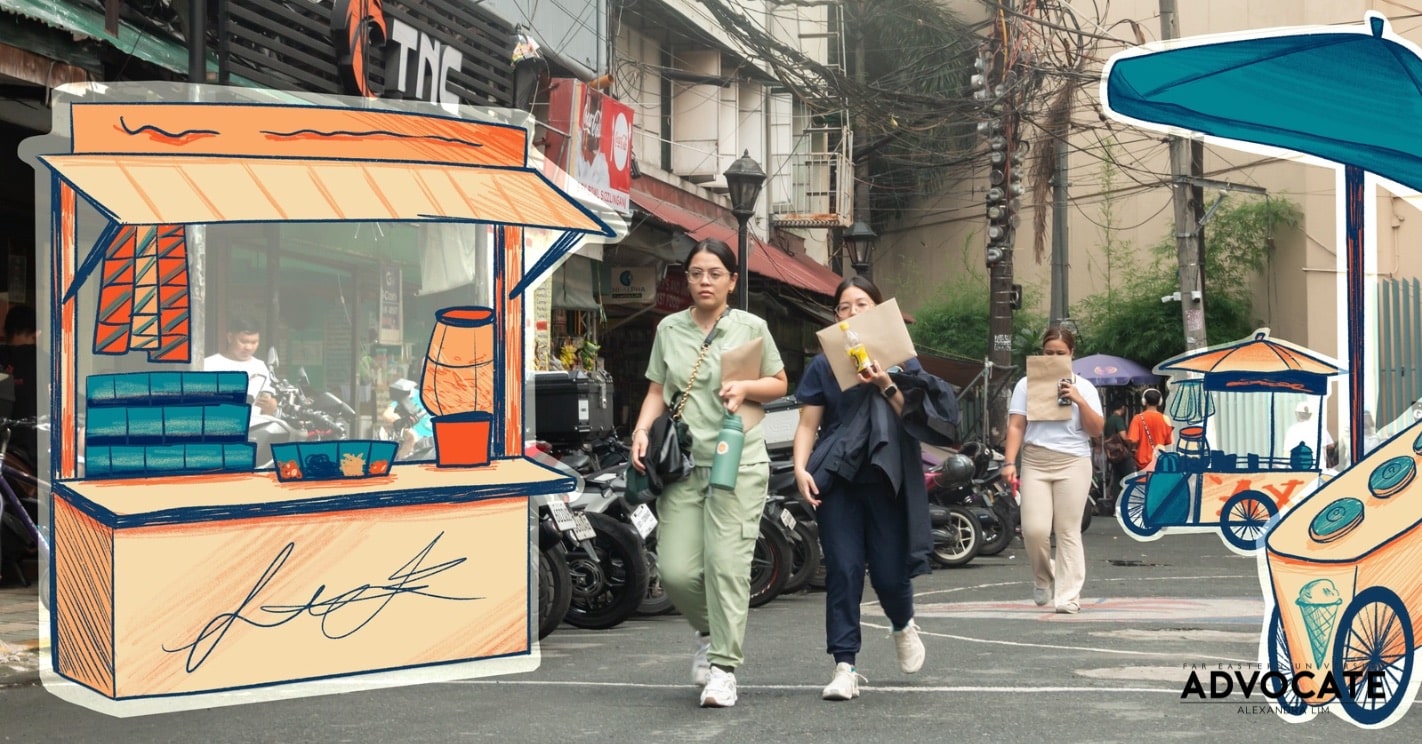
FEU unveils Sports HOF Room, launches Volleyball Diaries
- September 24, 2021 11:23
FEU Advocate
May 12, 2025 15:23

By Mark Vincent A. Durano
Far Eastern University (FEU) Institute of Architecture and Fine Arts (IARFA) Student Council (SC) President Phoebe Sarmiento linked the noncandidacy of students in IARFA SC to student apathy, highlighting its existence outside the #FEUElections2025.
“The student apathy problem within our Institute has been an existing problem, but the blame should not be put entirely on the students. The lack of student participation exists even outside of election matters,” Sarmiento said in an interview with FEU Advocate.
Only 96 out of 1,679 IARFA students voted, which translates to 5.72 percent of the voting population.
For this year’s FEU Elections, no students vied for any executive board position in the IARFA SC.
In 2024, only four students ran for the council, who were all under the Kadiwa Student Coalition, including Sarmiento for the presidency.
However, none of the candidates won due to failures of election. The Institute only posted an 18.2-percent voter turnout, falling short of the required 20 percent per Section 6 Article IX of the 2024 Omnibus Election Code.
The FEU Student Development Office then opened applications for the appointment of executive boards where Sarmiento was proclaimed president last May 2024.
She is joined by Liliana Bantig as vice president, Julien Missie Lucero as treasurer, and Frances Masel Araw as press relations officer. Both the secretary and auditor posts remained vacant for the whole school year.
In light of the 2024 FEU Election results and current vacant candidacy, the IARFA SC president expressed her dismay at the dwindling participation of the IARFA community.
“The lack of interest, drive, and participation that the IARFA community has been an existing concern in our Institute for a long time now. This existing problem was only highlighted during last academic year’s student elections,” Sarmiento stated.
She also claimed that IARFA students were not well informed of the upcoming elections, especially coming from the FEU Commission on Elections (COMELEC).
“I share their sentiments that the COMELEC page should be active all throughout the school year and not just when the University Elections are nearing. While we recognize the efforts of the COMELEC this year, we hope that our suggestions reach them as we build a better information dissemination system for student election-related activities,” the student leader added.
Additionally, Sarmiento cited the time-consuming academic culture in their Institute for the noncandidacy.
“It takes so much of our time to draft, render, sculpt, paint. I have communicated this plenty of times all throughout my term, and IARFA students know just how truly heavy the workload we have to accomplish,” she expressed.
The outgoing IARFA SC president also dubbed time as a currency in IARFA, where it is scarce and a privilege to have extracurricular commitments, prompting students to prefer working on academics.
“As students, our priorities must be our academics. If the academic workload requires a student to spend a minimum of three days to more than a week in order to produce high grades for one plate, then there is nothing wrong with the students putting that as a priority,” she emphasized.
On top of the incomplete executive board, Sarmiento admitted that the IARFA SC lacked manpower, struggling to provide activities for the Institute.
Despite this, the SC provided personal mentorship for their young leaders to participate in University-wide events and congresses.
Sarmiento recognized that the students can only decide for themselves whether to participate in University or Institute-wide activities.
“The pre-existing problem of student apathy is what caused the lack of manpower within the council which is what led to the lack of activities, which contributed even more to this year’s lack of student participation,” she said.
In light of the empty slate, IARFA SC urges the COMELEC to be more active and present all throughout the academic year as well as provide a new approach in information dissemination.
For Sarmiento, organizations and offices related to student leadership could help rediscuss, redefine, or reiterate the importance of student participation in the community.
“Perhaps despite the best efforts of the University, a new, better, more student-friendly approach can help with prompting student participation. By continuing to focus more on listening to the voices of the students and providing what they need for a better community,” she said.
The IARFA SC president further urged for a change in the student apathy that she claimed previous tenures attempted to solve.
“Something must change and change cannot happen without full support—not just from the administration, not just from the student leaders, but also from the community itself,” Sarmiento added.
She sends a message for students to be collective as a community to let go of the negative preconceptions surrounding student politics.









